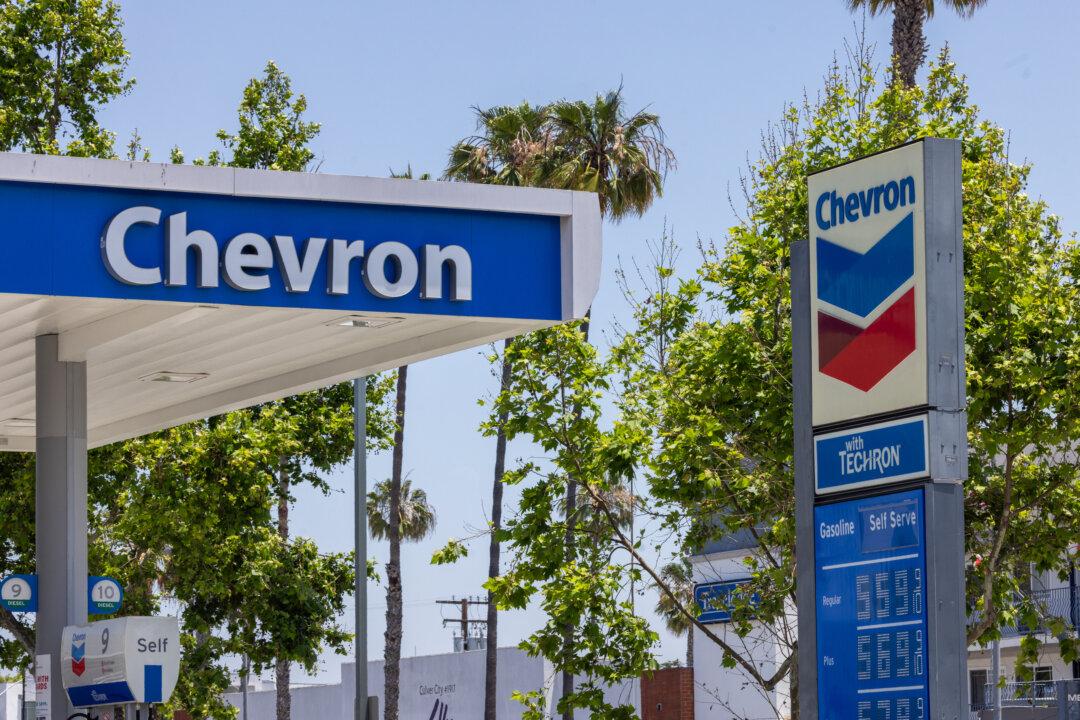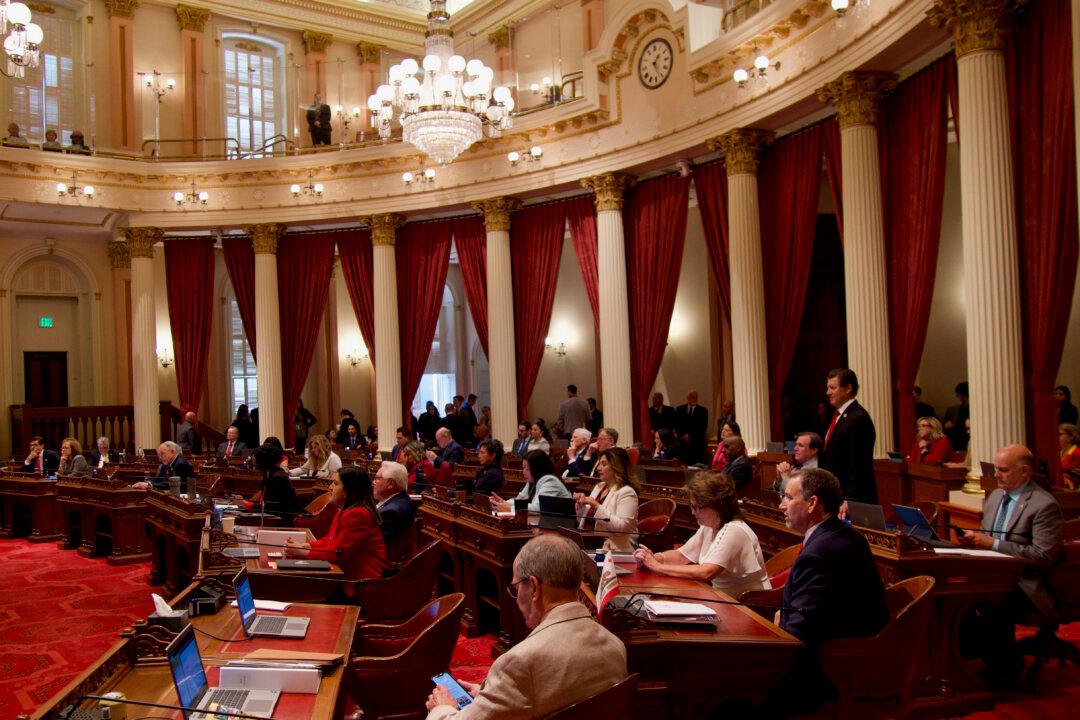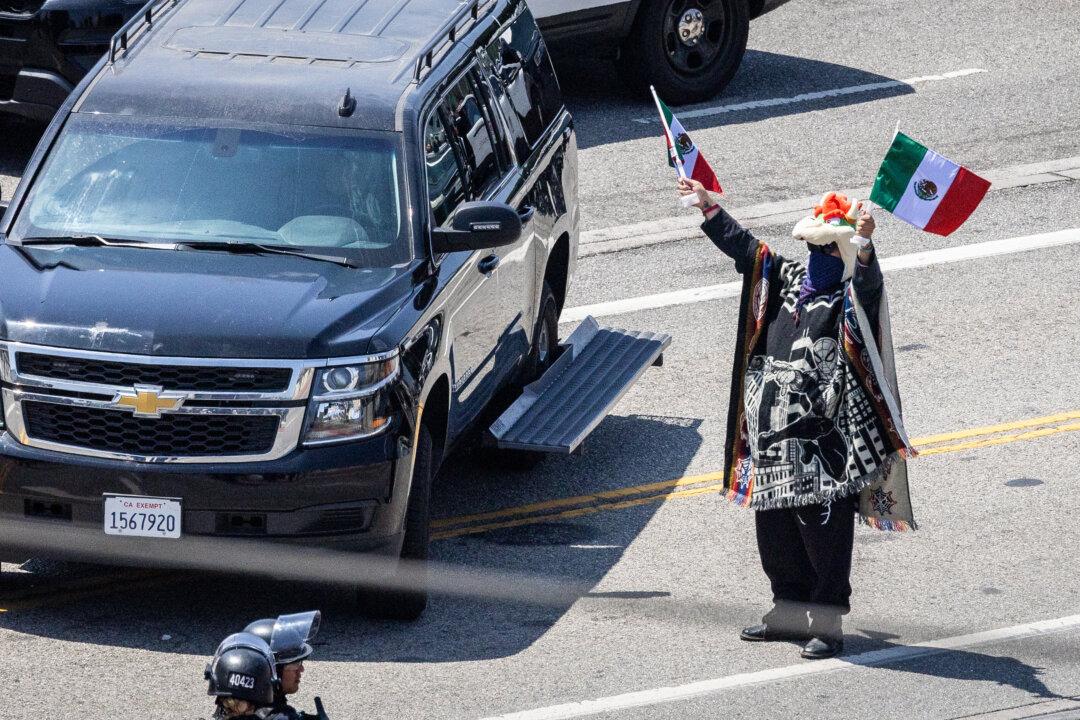California is making the medication that reverses opioid overdoses available to the public at almost half the market price, Gov. Gavin Newsom announced April 21.
The price the state negotiated with Amneal Pharmaceuticals is $24 for a twin-pack of naloxone HCL 4 mg nasal spray, branded as CalRx-Naloxone, available for purchase online through the state’s CalRx Naloxone Project website.




